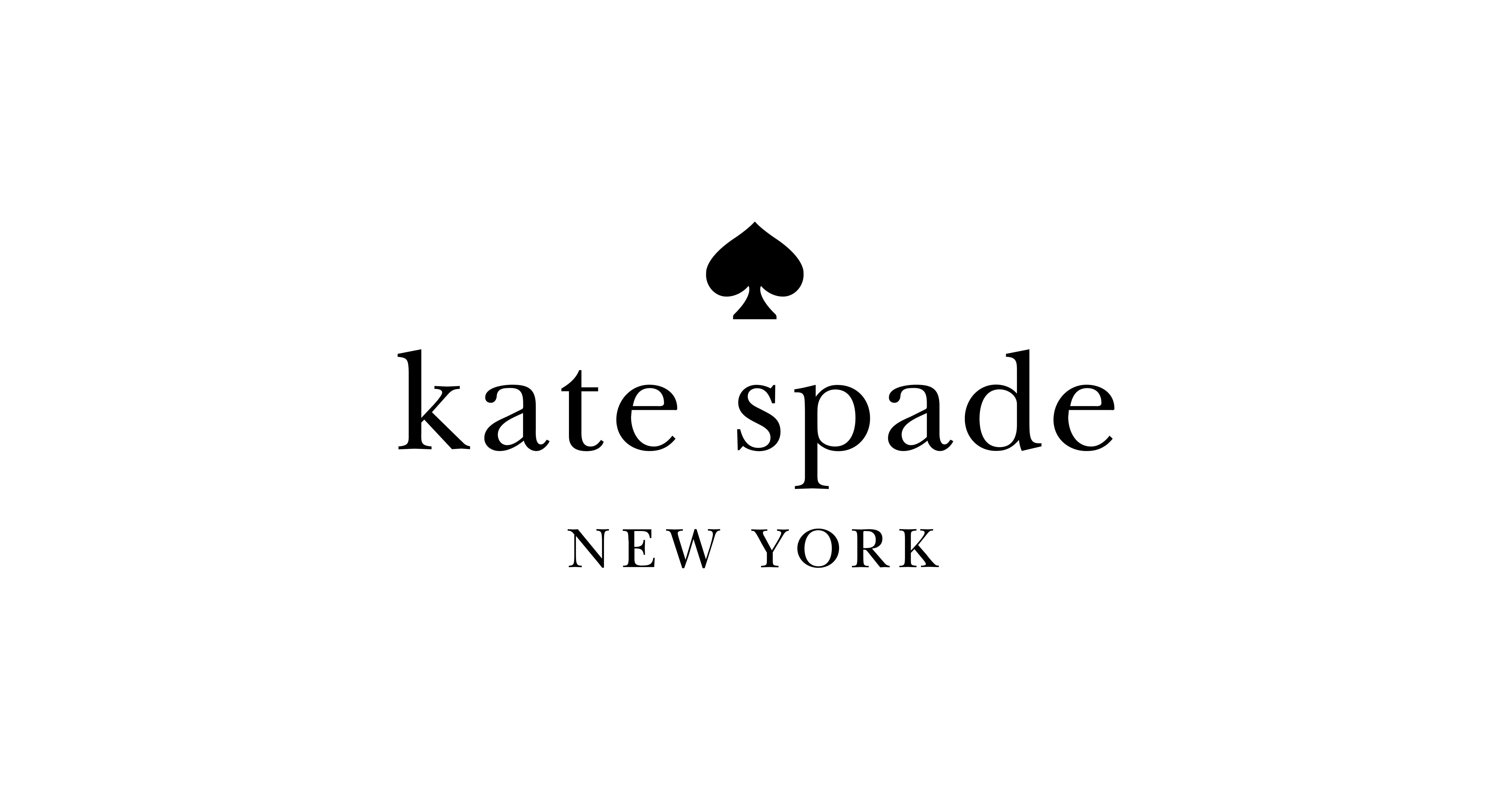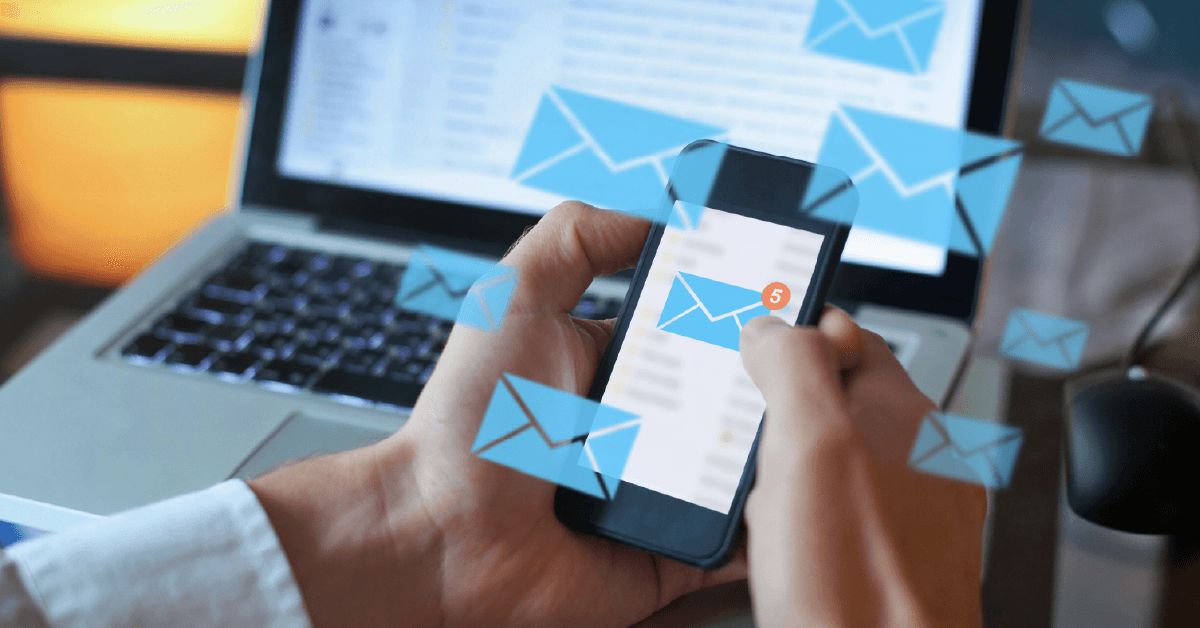February 27, 2023
7 Alternatives to Facebook Ads for Enterprise B2C Marketers in 2023
By Liza Colburn

In recent years, Facebook ads have become not only less fruitful, but also more expensive. While the cost of Facebook ads varies depending on time of year, industry, location, audience, and other factors, Facebook ads will likely cost more in 2023 than the last two years. As a result, many brands (including the largest public direct-to-consumer or DTC companies) that used to have cost-effective customer acquisition costs (CAC) from purchasing ads on Facebook now have to rely on repeat purchases in order to break even. Once upon a time, that initial purchase attributed to a Facebook ad would put many brands in the green. Now, that customer acquisition model is upside down. It’s no wonder that many enterprise brands are seeking alternatives to Facebook ads.
Why enterprise brands should explore alternatives to Facebook ads
While the cost of Facebook ads has skyrocketed, it doesn’t mean it’s an irrelevant platform. Facebook remains the most used social media platform in the world with 2.93 billion monthly active users. 36.7% of the world’s population uses Facebook monthly. 70% of Internet users are active on at least one Meta platform.
That being said, marketers shouldn’t completely shut down their Facebook ads anytime soon, but they should continue to seek alternatives. Performance on any channel (particularly digital channels) can change rapidly. So it’s important for enterprise marketers to continue to experiment and diversify their marketing efforts rather than rely on a handful of channels to drive results.
7 alternatives to Facebook ads
When it comes to allocating spend and resources, many enterprise consumer brands have alternatives to Facebook ads.
We explored several to consider.
1. Email Marketing
It has never been more important for brands to grow and own their audience. One key way you can instantly tell your customers about the latest drop or big sale is through email marketing. Email marketing has the best return on investment at $42 for every $1 spent.
For enterprise brands with large audiences, email personalization and accurate segmentation are key to driving engagement and minimizing the unsubscribe rate. Once you’ve segmented your email audience by location, loyalty status, and other demographics, you can use Generative AI to improve email subject lines and body copy based on millions of data points and past performance metrics. This will improve email personalization even further and allow even the biggest global brands to achieve personalized email marketing at scale.
Enterprise craft retailer, Michaels, saw a 25% CTR lift on email marketing campaigns when they went from personalizing 20% of their email campaigns to personalizing 95%.
2. Enhance Customer Loyalty
Customer experience and customer loyalty go hand in hand. As customer acquisition costs across Facebook and other channels rise, leading enterprise brands have switched their focus from acquiring new customers to maintaining a steady stream of repeat customers. While customer loyalty can be achieved through a strong omnichannel customer experience, there are also other factors to consider such as loyalty programs.
Loyalty programs are huge with today’s customers. From Starbucks Rewards to Marriott Bonvoy consumers love being rewarded and recognized by the brands they love. Loyalty programs also give brands more insights into their customers for optimal segmentation and messaging.
Famed British retailer Marks & Spencer used the rich customer data from their Sparks loyalty program to drive further omnichannel personalization across their digital channels. When they partnered with Persado to optimize messaging across their omnichannel customer experience, they were able to personalize their digital campaigns even more and take customer loyalty to the next level using this data.
For further inspiration, learn more about the 16 types of customer loyalty programs and how they work.
3. Traditional Channels
Just as Facebook ads aren’t going anywhere, enterprise brands are still advertising on traditional channels like television, outdoor, and radio. While traditional pay TV cable subscriptions are expected to drop below 50% in 2023, tens of millions of US households still subscribe to pay TV. According to MNTN, Inc, there are still a lot of solid pros to traditional TV advertising including that TV commercials tend to tell a good story which makes them memorable, TV also gives brands an element of trust and legitimacy, and there is less noise/distractions on TV compared to the internet.
While traditional channels may not work for every brand and can be difficult to measure, they are still worth considering. Not to mention many streaming services now offer paid advertising spots similar to traditional TV commercials in order to keep costs down for subscribers.
4. Podcast Advertising and Sponsorships
Podcasts are quickly growing in popularity and it’s no surprise why. They are easy to consume right from your smartphone during work, during downtime, or while in-transit. Over 100 million Americans listen to podcasts each month. According to Spotify, the intimate nature of podcasts makes them an ideal medium for advertisers to connect with engaged listeners.
Brands can have select podcast hosts promote their brand in the form of a sponsorship, or hire voice talent to create an ad placed at the beginning (pre-roll), middle (mid-roll), or end (post-roll) of an episode. Companies also have the option to start their own branded podcast as part of their community and content marketing strategy.
So, does podcast advertising actually motivate consumers? The answer is yes. HubSpot found that 38% of marketers working for retail companies say podcast advertising is the media channel with the biggest ROI.
5. TikTok, YouTube, SEO, and Influencers
It’s no secret that there are many digital channels and strategies outside of Facebook that drive massive results for top enterprise brands. Companies can grow their brand on these channels through paid media, organically, or through influencers which lies somewhere in between.
Here are some trends to consider:
- TikTok ads regularly bring in 2.5X ROAS, but that isn’t the only reason for enterprise brands to invest in a TikTok strategy. The recommendation algorithm behind TikTok’s For You page will recommend new content based on the user’s behavior, not necessarily who they follow. So even a branded account with a smaller TikTok following still has the potential to blow up. This makes it different from any other social media platform.
- TikTok is available in over 150 countries, has over 1 billion users, over 2 billion downloads, and over 130 million active users in the US.
- 55% of TikTok users have bought something after seeing the brand on the app.
- YouTube is the world’s second-most visited website—second only to its parent company Google.
- Popular video themes for brands to explore on YouTube include behind-the-scenes, unboxing videos, meet the team, product tutorials, how-to videos, listicles, creator partnership videos, and more.
- SEO ranks third behind short-form video and influencer marketing for channels marketers will invest in throughout 2023. 88% of marketers who have an SEO strategy will increase or maintain their investment in 2023.
- Influencer marketing has evolved from short-term transactional campaigns to long-term influencer-brand relationships.
- Short-form video is king right now across pretty much every social media platform – here’s why.
6. Product Placement
Movie fans can’t seem to forget that James Bond drives an Aston Martin or that E.T. loves Reese’s Pieces. No matter if it’s a purposeful collaboration or a lucky accident, consumers are enamored by product placement. Just see how Euphoria fans try to recreate high-end styles from the show.
If you have the budget and the connections, you might want to consider getting your brand featured in the next hit show or series.
7. Focus on the Omnichannel Customer Experience
Enterprise brands spend countless amounts of money getting customers and potential customers to their e-commerce site or into one of their stores. But, what happens once they get there? Are your photos, videos, and product descriptions optimized? Can customers expect the same seamless, personalized omnichannel experience in-store, on the website, across social media, and more? Is your customer service team available on all channels including email, live chat, Facebook, etc? Is your return policy frictionless? Are you listening to customers’ feedback and making the proper changes throughout the customer journey?
89% of companies with the strongest omnichannel customer engagement strategies retain their customers. Why? Because the omnichannel model gives brands a complete 360 view of the customer journey. This allows brands to connect more deeply with customers, to streamline interactions across channels, and to provide actionable insights into how to improve the experience.
Discover how e-commerce leaders at Tapestry, home of Coach, Kate Spade, and Stuart Weitzman, use Generative AI to enhance their digital shopping experience in this webinar.
What’s next for ads on Facebook?
No one really knows what’s next for ads on Facebook or any other platform. We live in an ever-evolving world that’s moving faster than ever before where every digital and offline channel matters. In the modern marketplace, brand’s strategies must change as digital platforms and consumer expectations change. One thing we’ve consistently seen across channels and industries is that the words brands use (and the emotions they evoke) can make or break a campaign. Not using the right words with the right audience is often more detrimental to your marketing ROI than the overall performance of the channel itself (i.e. email, Facebook, etc.)
To succeed in today’s Facebook ad ecosystem, brands need to better segment their audience, change their creative more often, use video, and personalize their messaging. That’s why cutting-edge brands use Generative AI for Facebook Ads to optimize their paid presence on the platform.
Campaigns written by humans alone are at a disadvantage as humans can’t process millions of rapidly changing performance metrics when creating copy for different segments. That’s where the Persado Motivation AI Platform comes in. Our Generative AI platform leverages a vast language knowledge base – based on 1.5 billion customer interactions from 150 million US consumers — and a decisioning engine to deliver the precise language that motivates your audience to engage and act.
For more on how to personalize your marketing at scale and get the most ROI from your campaigns using Generative AI, talk to Persado.


